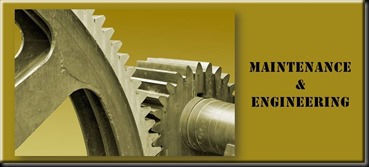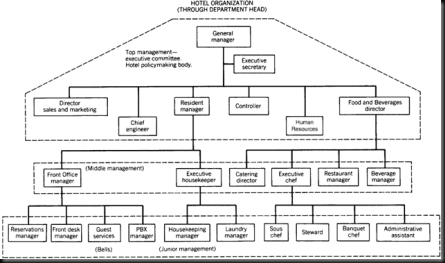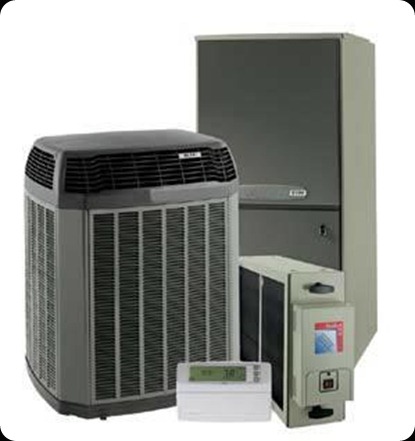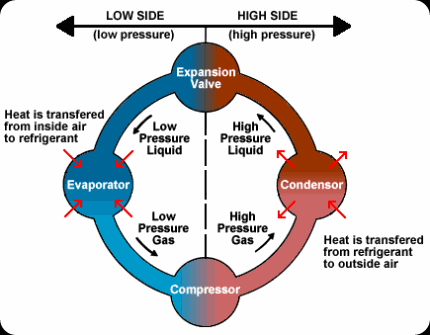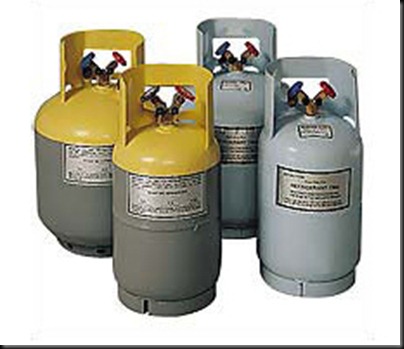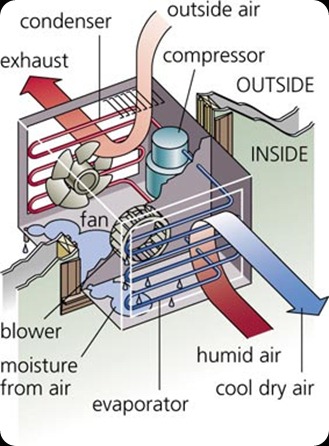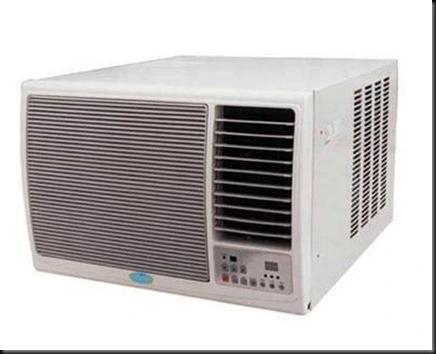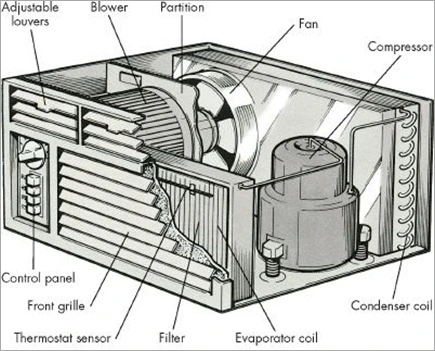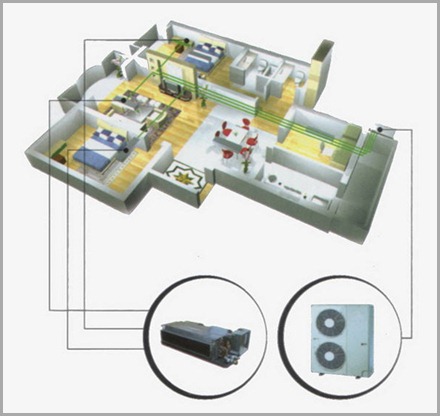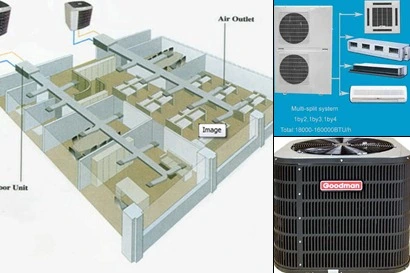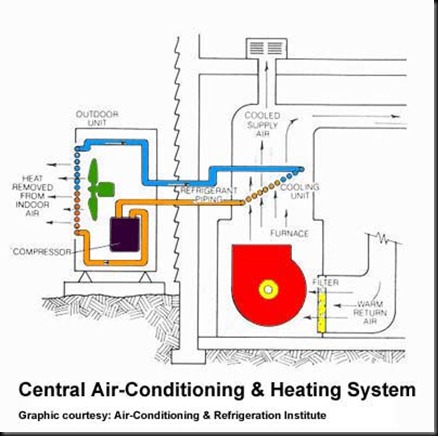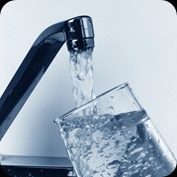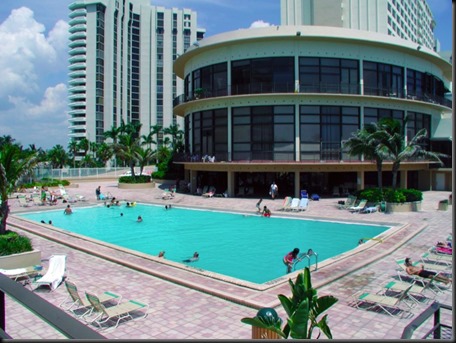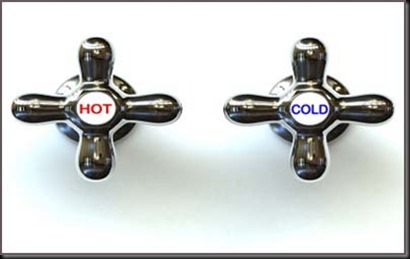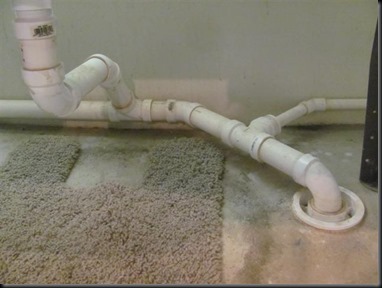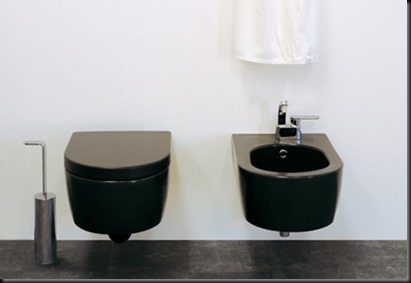MAINTENANCE
Hotels constitute major Part of the hospitality industry. For proper management of hotels the Hotel Engineering Department plays very important role along with other constituent departments.
Scope of maintenance areas:
Such scope is very comprehensive and includes several activities like inspections adjustments, replacements, repairs, keeping records etc., the broad areas of hotel engineering maintenance work include civil, mechanical, electrical, safety & security, energy and waste management, fire protection etc.
It may well be emphasized failure amounts to management failure inane kind of industry. Due such failures, the customers and the working personnel alike shall be irritated and dissatisfied.
ROLE OF MAINTENANCE DEPARTMENT AND ITS RELATION WITH OTHER DEPARTMENTS OF HOTELS:
Engineering department of a hotel has great importance in as much as it provides utility services like electricity, steam, hot water, air-conditioning and refrigeration, maintain engineering and services of various other equipment. Provisions of proper services and proper maintenance affairs in hotels have great impact on the attitude of the guest. Therefore, hotel engineering department has big responsibility in satisfying guest demand and be instrumental in maintaining the profit level of hotels up to reasonable standard.
Some important works that fall under the department are as under:
- Civil engineering,
- Care of grounds and swimming pools,
- Mechanical-Maintenance: such as Heating, Ventilation, Refrigeration, air-conditioning etc.
- Electrical system and appliances.
- Audio-Visual equipments,
- Heavy Cleaning,
- Communication and networking Systems,
- Fire prevention and fighting equipments,
- Waste management,
- Energy management,
- Minor repairs,
- Painting and patching works and so on…
The department is required to be in constant contact with other departments of the hotel like Safety & Security, Food & beverage, House Keeping, Kitchen, conference & Banquet, Power Plant, etc.
BREAKDOWN or CORRECTIVE MAINTENANCE:
Concerned with correcting the trouble or fault that might occur any time during the functioning of all equipment or machine; Such breakdown repair activities include dissembling of the equipment or machine, its inspection, repair, replacement of parts, reassembling, and test to make sure that equipment or machine again fully functional.
Breakdown maintenance work may be of major or minor type. Minor one requires less effort, expense & time while it is obvious that reverse will be the case in the matter of major repairs.
PREVENTIVE MAINTENANCE
It concerns with preventing troubles before it occur, through well anticipated plans of check-ups, repairs, replacement, top or major over hauls, cleaning, proper cleaning, proper lubrication etc. of machines and equipments.
The idea behind such maintenance is periodical time scheduled inspection of machines equipments to detect wear and tear in them in advance of actual breakdown with planned worn out parts replacement, servicing, repairs etc. so as to minimize the interference in the performance of the equipment and machines and at the same time it would economies maintenance expenses.
Routine check ups and repairs are part of preventive maintenance. It is to be noted that preventive maintenance is more important than breakdown ones, as it is more convenient, useful and less costly in the long run. It resembles the proverb – “A stitch in time saves nine.”
ENGINEERING DEPARTMENT ORGANIZATION CHART
Main objective of the department is to keep the hotel property up; and maintenance and repair costs down.
RESPONSIBILITIES OF ENGINEER-IN-CHARGE:
- To give proper direction to different section of the department.
- To draw up and check work-programme.
- Adequate supply for maintenance works.
- To do preparations for contracts.
- To keep necessary contact with the general Manager and needs of various related departments of the hotels regarding maintenance works.
- Organize training of maintenance personnel.
ACCOUNTING AND AUDIT:
The Head “Property operation and maintenance” include all costs of operation and maintenance which is incurred in hotel engineering.
WordPress Tags: DEPARTMENT, Civil, Mechanical, Maintenance, Ventilation, Refrigeration, Electrical, system, Audio, Visual, Heavy, Communication, Fire, prevention, Waste, management, Energy, Minor, repairs, hotel, Food, beverage, House, Kitchen, conference, Banquet, Power, Plant, appliances, Systems, departments, equipments

